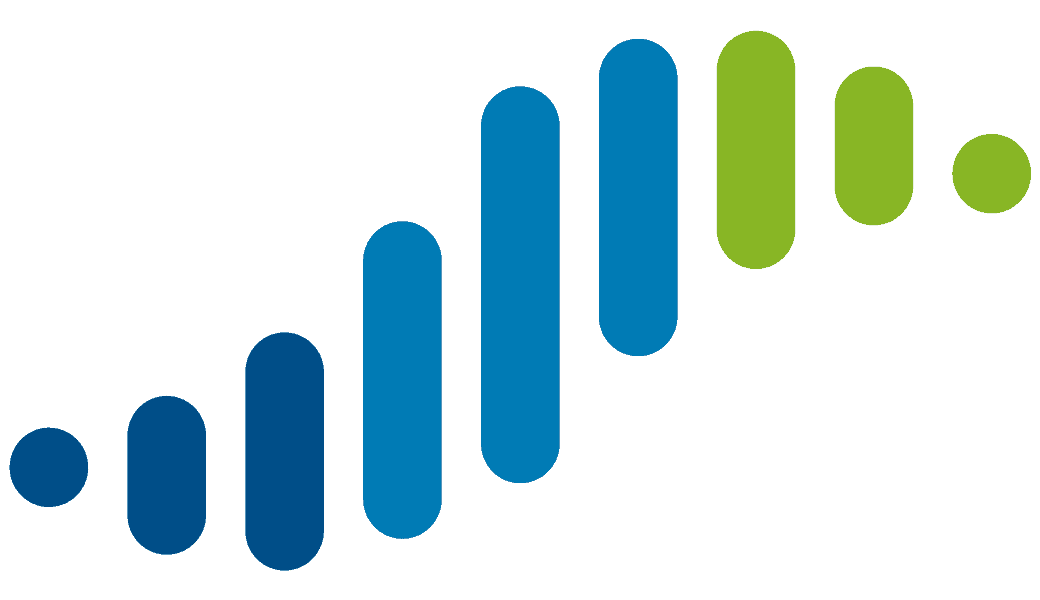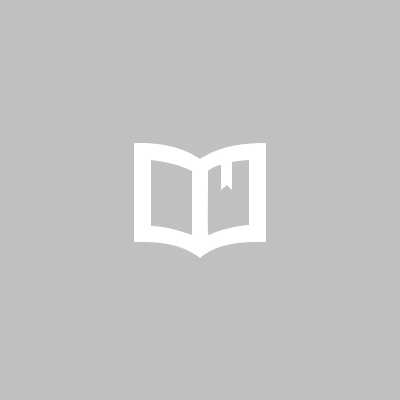
CiNURGi Webinar Presents Nutrient Recycling Solutions in the Baltic Sea Region
24 November 2025
The webinar showcased results from activities that covered work on preparing solutions for nutrient recycling and some of the work done on the piloting and evaluation of these solutions. Erik Sindhöj & Cheryl Marie Cordeiro (RISE) opened the webinar with audience interaction and were answering questions throughout the event.
The work done on preparing solutions included reports on the potential of nutrient recycling at national and regional levels, presented by Sari Luostarinen (LUKE). She highlighted variations in biomass availability, policy and economic barriers, and emphasized the need for national strategies, monitoring systems, and cross-border cooperation to strengthen circular nutrient flows. She also covered CiNURGi work on standards and quality assurance for recycled fertilizers as well as our market analyses and policy overviews affecting nutrient recycling. The rest of the presentations were on the work on piloting and evaluating solutions.
Piotr Skowron & Damian Wach (IUNG) focused on field trials, that they’ve completed during the summer of 2025. Ksawery Kuligowski (IMP PAN) continued in the same vein by presenting on recycled nutrient fertilizer production completed in collaboration with Adrian Woźniak (Rendben LLC) and discussing greenhouse trials completed with the recycled nutrient fertilizers produced by Rendben. Rendben has produced hundreds on kg of recycled nutrient fertilizers, including pelletized mixtures of treated sewage sludge, biomass ash, and biochar. Trials tested different compositions and microbial amendments to optimize nutrient availability, soil health, and plant growth. Adrian Woźniak whose work highlighted production aspects of fertilizers, contributing to the development of industrial processes for recycled nutrient products, showed a video detailing the production process and its challenges. Watch the video below:
David Gustavsson (VA SYD) presented studies from the sludge pyrolysis pilot at Ellinge, Sweden. At Ellinge sewage sludge is transformed through pyrolysis into sludge biochar. The activity, spanning Jan–Oct 2025, encompasses so far 86 batches of sewage sludge from 11 WWTPs that have been processed at 500–900 °C. Analysis of the biochar showed that heavy metals were removed (Hg at all temperatures, Cd >650 °C), pyrolysis eliminated PFAS (Per- and Polyfluoroalkyl Substances), BFR (Brominated Flame Retardants), and PCB (Polychlorinated Biphenyls), and showed promising phosphorus recovery, which is promising a clean and safe nutrient recycling product.
The CiNURGi webinar demonstrated that nutrient recycling can move from theory to practice. It highlighted pilot projects including sludge pyrolysis, recycled fertilizer trials, and production processes, illustrating both opportunities and technical challenges.





